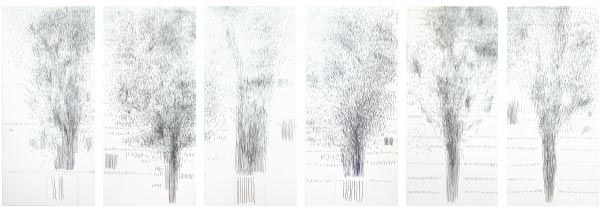
The Italian phrase Grandama Arte della Luce means the “grand dame art of light.” The founder of
MIHO MUSEUM Mihoko Koyama (1910–2003) sought
artworks that cast light from within and that purify the
viewer’s heart. This year marks 100 years since the birth of
Mihoko Koyama. To commemorate this event, we present
approximately ninety works, highlighting the collection’s
origin of Japanese art, Eastern and Western art, and objects
that have been acquired since our opening, interspersed
with the words and episodes of our museum’s founder. We
hope you will enjoy the essence of the MIHO Collection,
which was created from a heart that sought beauty.
(*Selected works will be rotated during the exhibition.)

(*Selected works will be rotated during the exhibition.)


Yōhen Tenmoku Tea Bowl
China, Southern Song dynasty, 12th–13th century Important Cultural Property
“Of the Chinese Jianzhan (J., Kensan) ware, none surpasses the yōhen style, there is nothing like it in the world…” As it is written in Kundaikan sōchōki (Manual of the Ashikaga Shoguns’ Collection of Chinese Art), yōhen is considered the best among tea bowls. Its clay is extremely dark with subtle lapis lazuli-colored stars scattered across its body, whose coloring transforms like brocade into yellow, white, and azure.
Stag-shaped Rhyton
Asia Minor/Black Sea Coast
4th–2nd century B.C.

Asia Minor/Black Sea Coast
4th–2nd century B.C.
Covered in fresh verdure-like copper rust, this
charming buck is like a messenger of spring. With
its perfectly aligned forelegs, it almost appears as if it
is about to leap out from a forest.

Crossing Many Rivers into the Forest Again(series of eighteen panels) by Isamu Wakabayashi (1936–2003), dated 1986